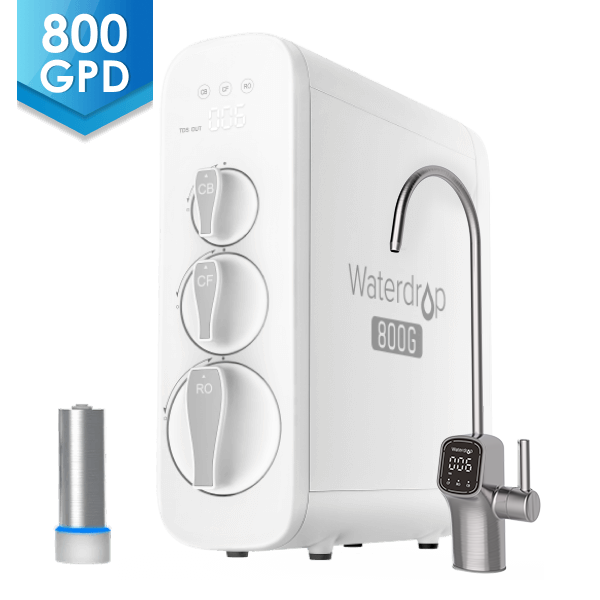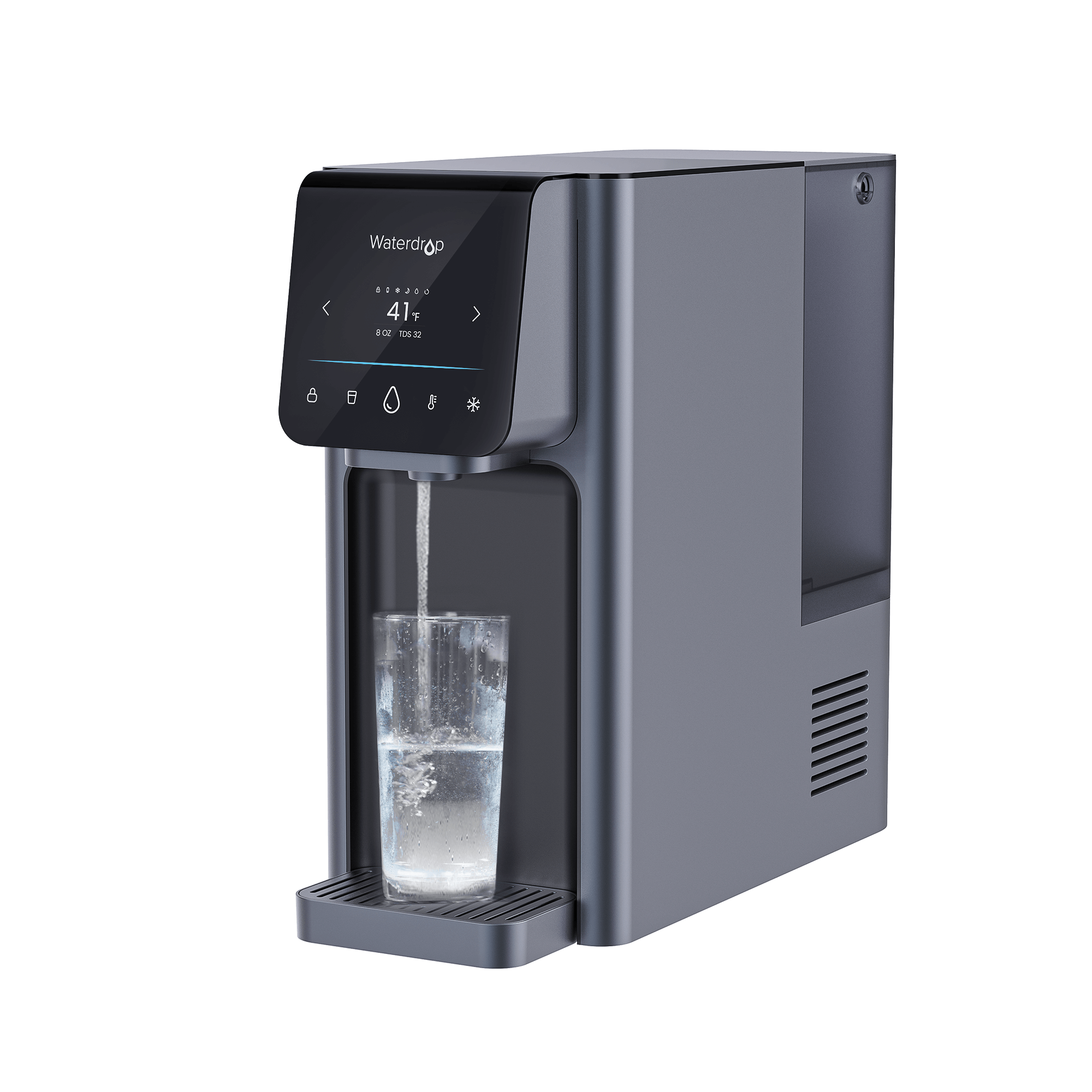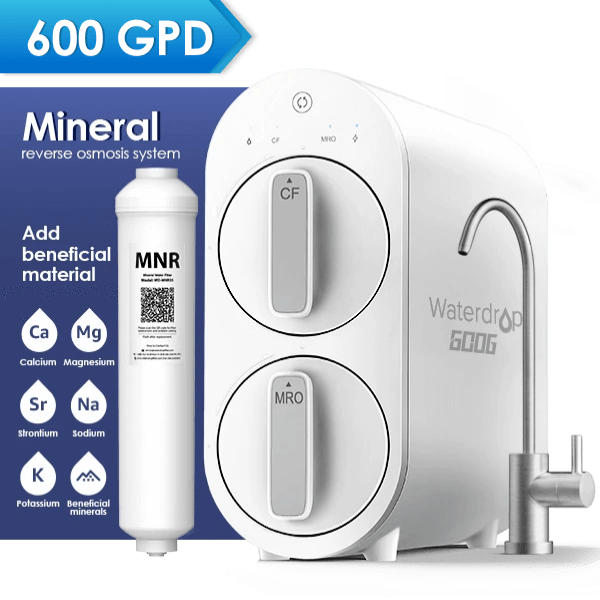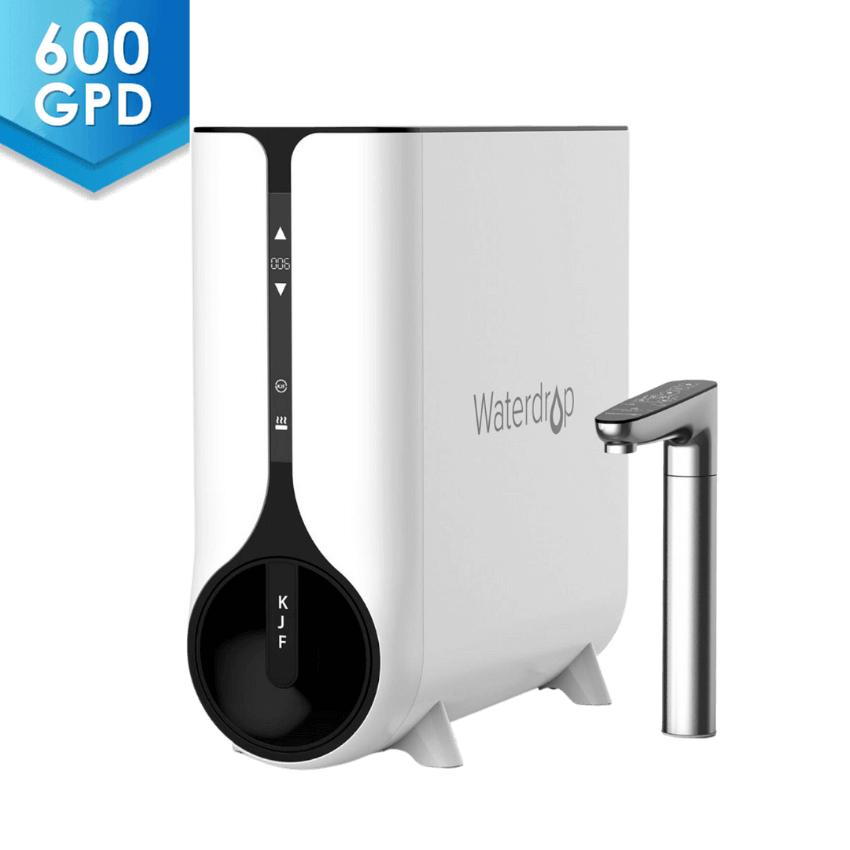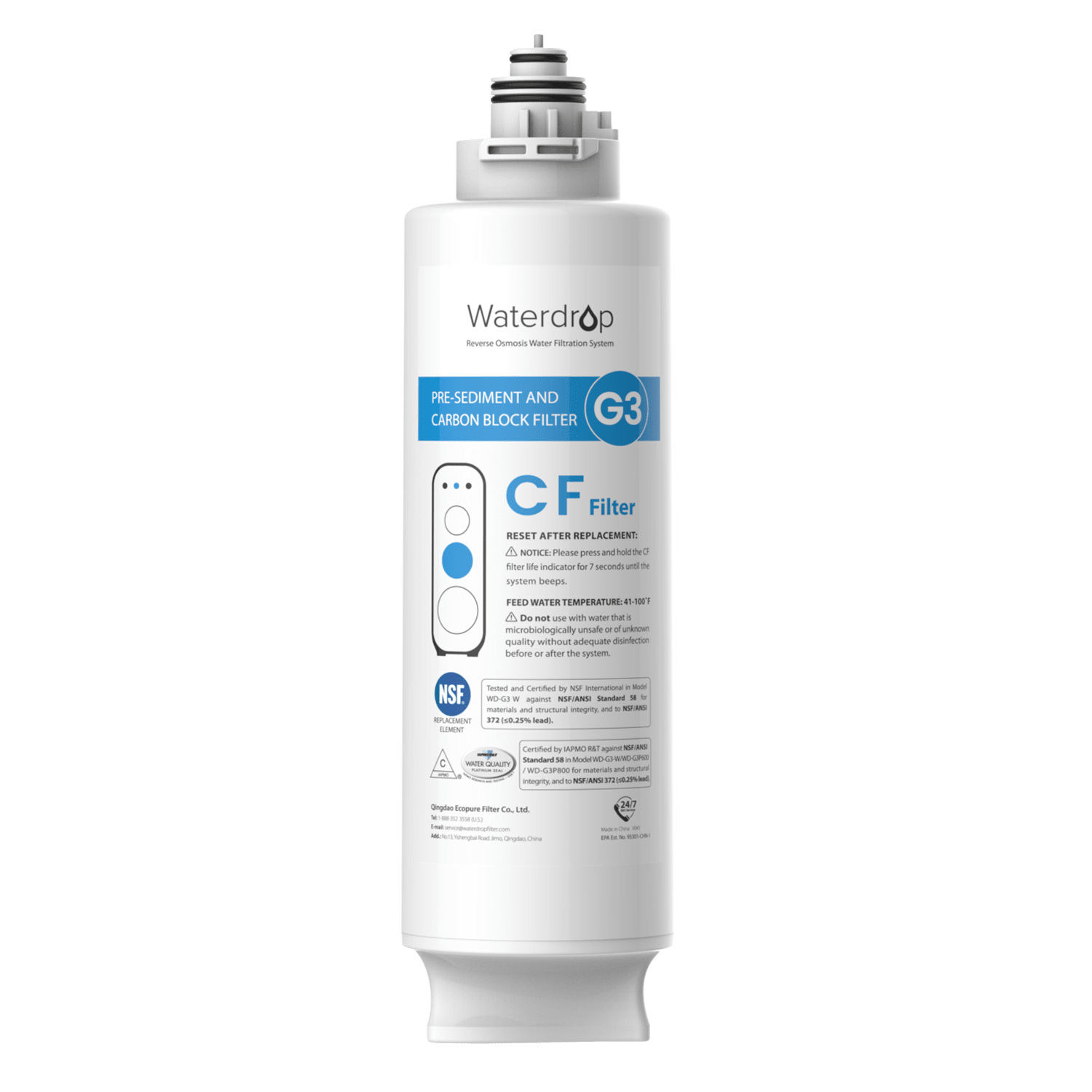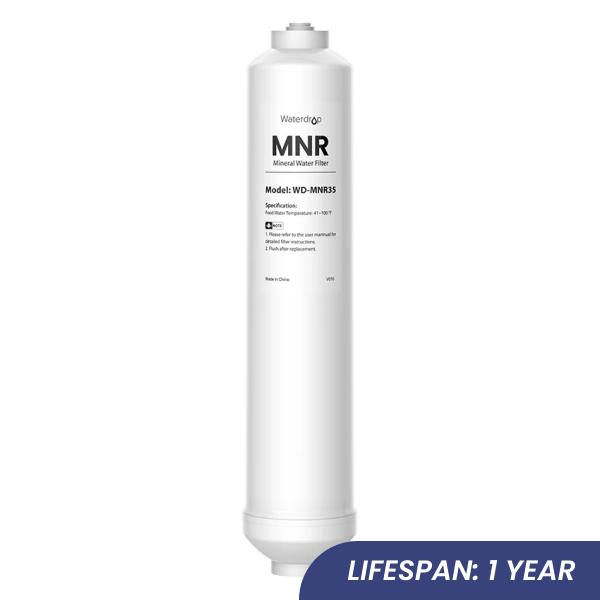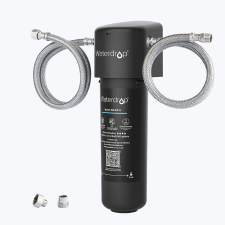Does Reverse Osmosis Remove Arsenic from Water?
by Dr. Jonathan Doyle - Updated February 27, 2025
Arsenic contamination in drinking water is a serious concern in many regions around the world. As a naturally occurring toxic substance, arsenic poses significant health risks when present in drinking water. One of the most commonly used methods to remove arsenic is Reverse Osmosis (RO). This blog will explore how RO systems function, their effectiveness at reducing arsenic, and look at other effective methods for reducing arsenic.
What Is Arsenic and Why Is It Dangerous?
Arsenic is a naturally occurring element that can be found in soil, water, and air. It is commonly found in groundwater, especially in areas where the water source is untreated or poorly managed.
Types of Arsenic Found in Water
Arsenic exists in two primary forms of water:
- Inorganic Arsenic (Arsenite or Arsenate) : This is the most common and harmful form of arsenic found in drinking water. It is typically bound to minerals like iron or other compounds and can exist as either arsenite (As(III)) or arsenate (As(V)).
- Organic Arsenic : This form of arsenic is less toxic and is generally found in some industrial settings, such as those involving agricultural chemicals. Organic arsenic is less of a concern in drinking water but can still pose health risks in some cases.
Arsenic Effects on Humans
Exposure to arsenic over a prolonged period can lead to various serious health issues , including:
- Cancer: Chronic arsenic exposure increases the risk of several types of cancer, particularly skin, bladder, lung, and liver cancers.
- Heart Disease: Arsenic can damage blood vessels, elevate blood pressure, and increase the risk of cardiovascular diseases.
- Neurological Damage: Prolonged exposure can lead to cognitive impairments, developmental issues in children, and nerve damage.
- Skin Disorders: Long-term exposure can cause skin pigmentation changes, thickening, and lesions.
- Respiratory Problems: It can exacerbate respiratory conditions, increasing the risk of lung disease and chronic bronchitis.

How Does Reverse Osmosis Work?
Reverse osmosis is a widely-used water purification process that reducs contaminants, including harmful substances like arsenic, from water. It works by forcing water through a semi-permeable membrane that allows only water molecules to pass through, blocking larger particles such as contaminants, salts, and heavy metals.
The RO Process
The reverse osmosis process typically involves several stages:
- Pre-filtration: Water is first filtered to reduce larger particles such as sediments, chlorine, and other chemicals that could damage the RO membrane.
- RO Membrane Filtration: The water then passes through the semi-permeable membrane, where contaminants like arsenic, lead, and other heavy metals are effectively reduced.
- Post-filtration: After passing through the RO membrane, water undergoes additional filtration to improve its taste and clarity.

Why Reverse Osmosis Is the Best Method for Arsenic Removal
Reverse osmosis is one of the most effective water filtration methods for reducing arsenic from drinking water. Below are the reasons why reverse osmosis stands out as the best solution.
- High Removal Efficiency: RO membranes are designed to filter out particles as small as 0.0001 microns. Since arsenic is much larger than this, the system can effectively trap and reduce almost all traces of it.
- Removal of Multiple Contaminants: In addition to arsenic, reverse osmosis systems can also reduce other harmful contaminants, such as lead, chlorine, and heavy metals. This makes RO a comprehensive solution for water purification.
- Reliable and Consistent: Unlike some alternative filtration methods that may require frequent maintenance or chemical additives, reverse osmosis offers a consistent level of purification, as long as the system is properly maintained.
- Simple and Effective: While some other arsenic removal methods may be complex or involve additional chemicals, reverse osmosis provides a simple yet highly effective solution that requires minimal intervention.

Additional Considerations for Maximum Arsenic Removal
While reverse osmosis is the best method for reducing arsenic, its effectiveness can be further enhanced with some additional steps:
- Pre-filtration: If arsenic levels are particularly high or if arsenic III (arsenite) is present, pre-treatment to oxidize arsenic III to arsenic V can help increase removal efficiency. Some RO systems come with built-in pre-filters that handle this oxidation process.
- Post-filtration: Adding a post-filter with activated carbon or other materials can help ensure that no traces of arsenic remain in the water and improve its taste.
Other Methods for Removing Arsenic
While reverse osmosis is widely considered the most effective method for reducing arsenic, there are other treatment options that can help reduce arsenic levels.
Activated Alumina Filters
Activated alumina is a porous material that can adsorb arsenic from water. While it is effective for reducing arsenic III, it may not be as effective for arsenic V. Additionally, activated alumina filters require regular maintenance and can become less efficient over time.

Anion Exchange Filters
Anion exchange filters use resin to exchange ions in the water. This method can reduce arsenic V but requires oxidation to convert arsenic III to arsenic V, making it less straightforward than reverse osmosis. Furthermore, it may not be as effective for high arsenic concentrations.
Distillation Systems
Distillation works by boiling water and collecting the vapor, which leaves contaminants like arsenic behind. While distillation can reduce arsenic, it is energy-intensive and less efficient for large quantities of water compared to reverse osmosis systems. Additionally, distillation does not reduce all types of contaminants, such as volatile organic compounds (VOCs) .
Conclusion: Is Reverse Osmosis the Right Choice for You?
Arsenic contamination in drinking water poses serious health risks, making it important to find an effective water purification solution. If you live in an area with arsenic contamination, installing a reverse osmosis (RO) system is the best way to ensure your drinking water is safe.
RO effectively reduces arsenic, but if the contamination levels are extremely high, a more specialized RO system may be required for optimal results. If you're concerned about arsenic in your water, investing in a water filtration system will provide long-term peace of mind. Regular maintenance, along with additional filtration steps if needed, will help you achieve the highest level of water purity.
Thank You for Subscribing!
A 10% discount code has been sent to your email, and you also have a chance to win a new K19-H Countertop RO System. We will notify the winners via email.
Contaminants Detected in Fruitland Water Special Service District
30
Contaminants
EXCEED EWG HEALTH GUIDELINES
EXCEED EWG HEALTH GUIDELINES
30 Total Contaminants in Your Water
Water Provider
Fruitland Water Special Service DistrictPopulation Affected
120,000Water Source
Ground waterExceeds Guidelines
Others Detected


